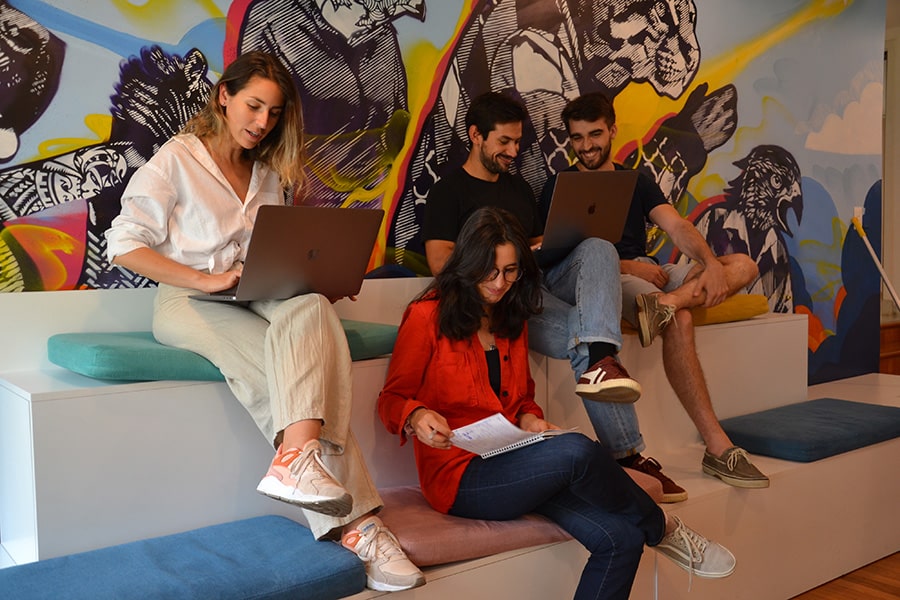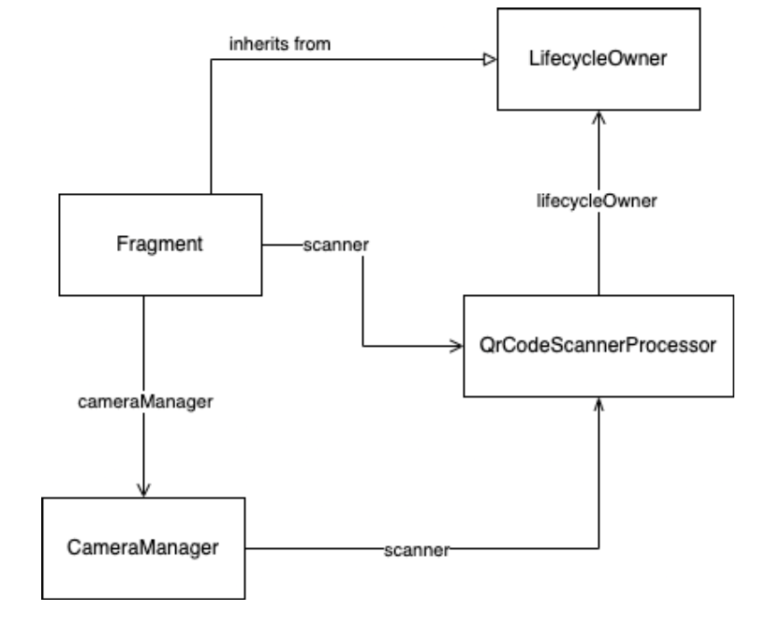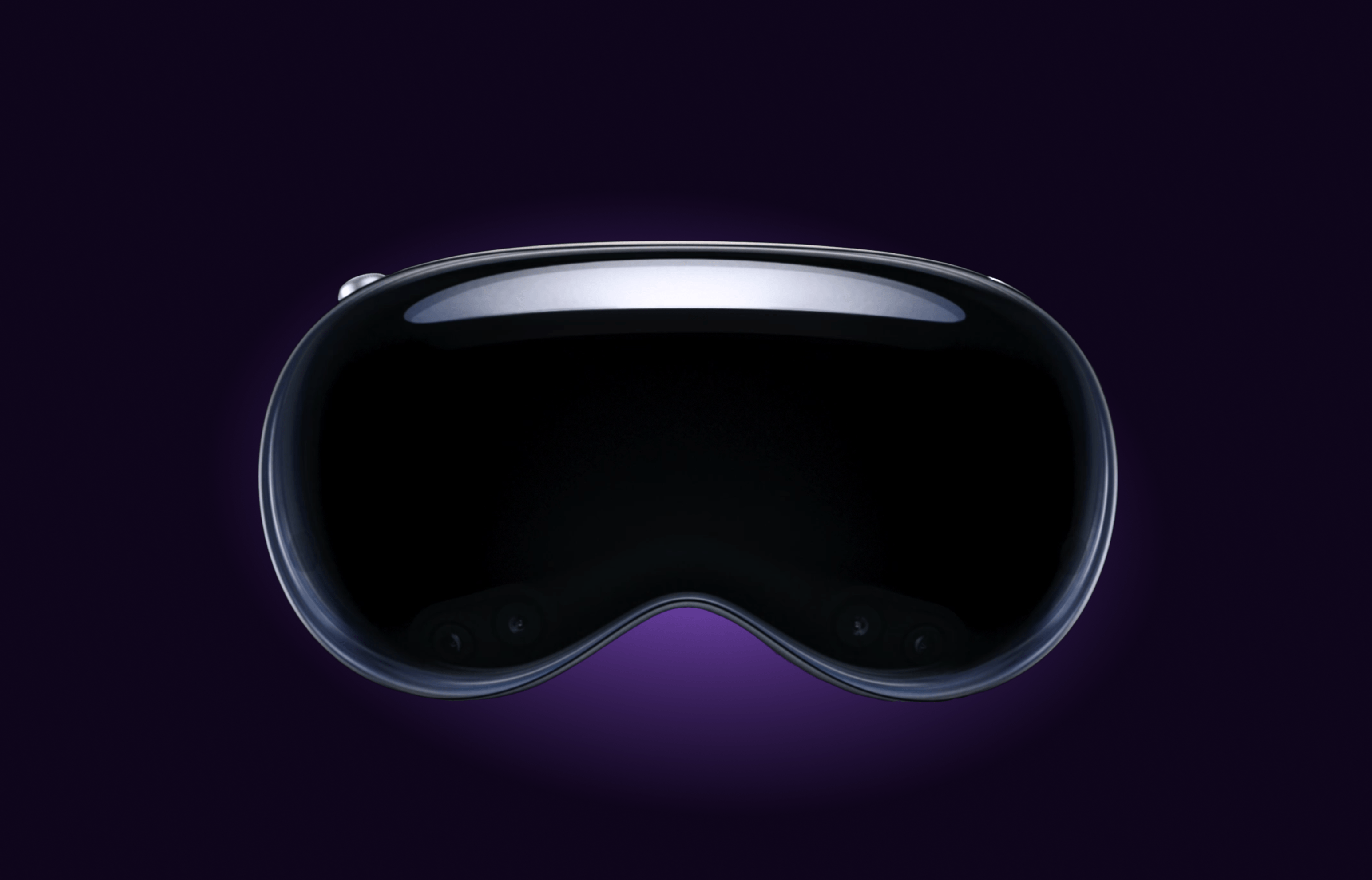Since 2021, Google’s Mobile Vision library has been deprecated and is no longer being maintained. So as an Android developer, I started to evaluate whether to migrate existing code. One of our App Solutions Studio clients had a QR code functionality in one of their applications, on which a redesign was due, so it seemed like the perfect time to improve the code and analyze alternatives.
So what should we use instead? In comes ML Kit, Google’s new set of libraries which includes the previous Mobile Vision library functionalities.
Why should we change?
Sometimes, as developers, we wonder why we should modify existing features which work completely fine just because the libraries we use are deprecated. Consider the following:
- Bug fixes. One of the main risks about using a deprecated library is that if you find a bug in it no fix will be provided, risking usability and even the correctness of your application.
- Optimizations. User experience can be severely affected by application performance, and libraries which put constraints on it. Generally this can only be resolved by manually modifying the source code (which can sometimes be impossible due to licensing) or official releases.
- Loss of functionality. Once a library or piece of code is set as deprecated, this means it will be removed eventually which could lead to unwanted loss of functionality.
- Finally getting rid of those pesky warnings or suppressed warnings. While we can always just ignore the benefits and decide to keep a deprecated library, modern IDE’s will take it upon themselves to tell us when we could use a newer and supported one.
So how do I use ML Kit’s Barcode library?
The first thing we need to do is add the dependency into our module’s build.gradle file. You can both bundle the model into your application or download it via the Google Play Services.






















